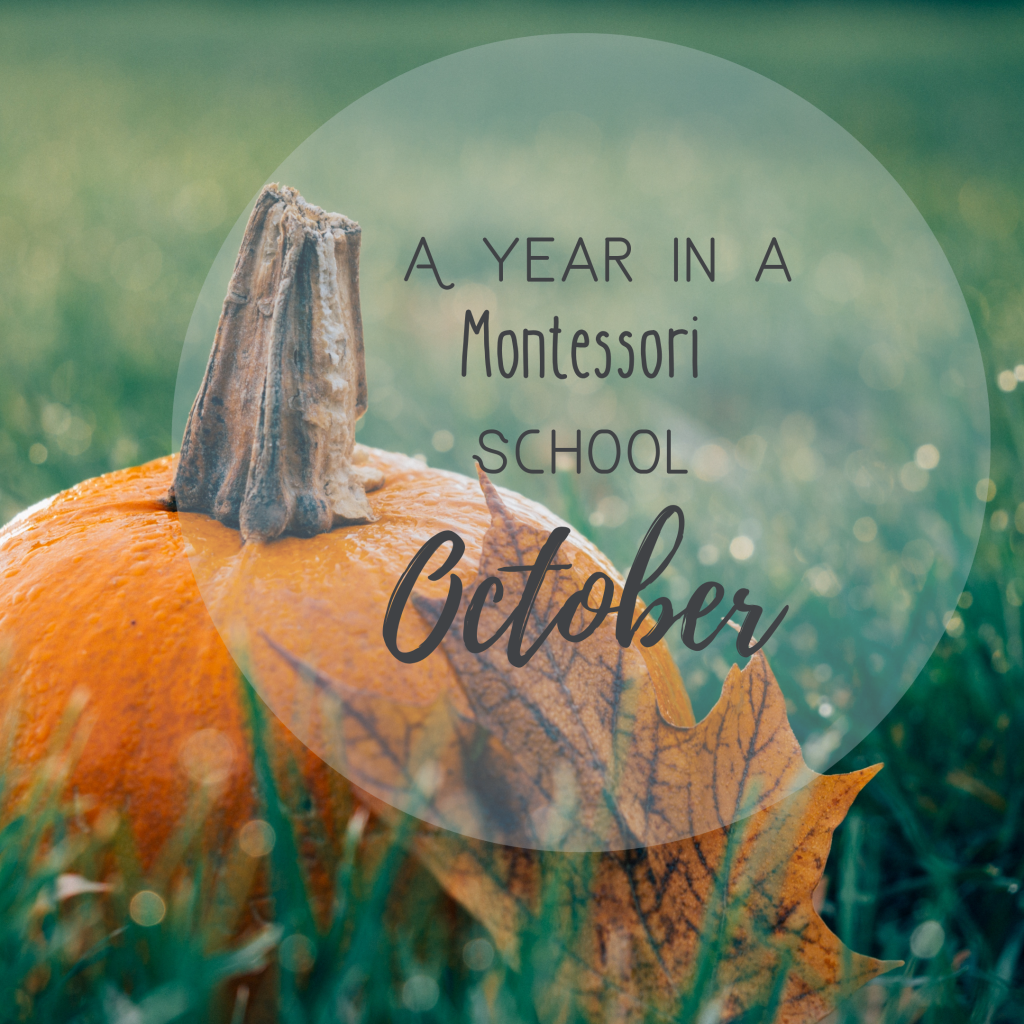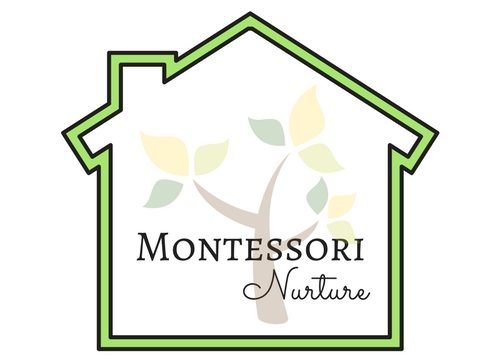
October is always an exciting month for young children. Autumn is usually in full swing here in Pennsylvania and the children are looking forward to Halloween and Trick or Treat night. October is an exciting month for teachers because we generally begin to see more and more of what we in the Montessori world call normalization. Yes, normalization is kind of a funny sounding word. What we mean by it is that the children have come to understand the routine of the classroom, they are able to find their own activities without a great deal of adult guidance and they are working with purpose. We begin to see the big four: order, concentration, coordination and independence in most of the children.
How is this achieved? For the youngest of our students (in my current classroom my students range in age from not quite three to five years old) we try to focus their lessons in the practical life area of the classroom. This is an area that is not typically seen in non-Montessori preschools. The practical life area of the classroom encompasses fine motor activities, care of the environment, care of self, art, sewing, and cooking. This month our activities are pumpkin colored or fall themed. We are learning to weave using orange ribbon, our spooning and pouring works have small pumpkins and candy corn buttons to catch the interest of the young child. The art shelf is full of painting, drawing and gluing supplies which are always in full use.
Why are these type of activities so important for the youngest child? Practical life activities assist the student in gaining fine motor coordination and muscle readiness for writing, they focus the child’s attention and to help build concentration. A child who can carry a tray with a glass pitcher, pour the water into a small container and then carry the tray back to the shelf has mastery over herself indeed. The self pride and independence we begin to see will carry over into other areas of the child’s young life and will have great impact on her future abilities.
How can you help your child at home? Ask him to help you as you work around the house. Children love to help set the table or help make a part of the meal. Put a small pitcher of water in the refrigerator and some cups in a space she can reach so she can be independent in getting her own drink. Give her child sized tools to clean up when she spills – small towels, a broom and a dustpan make learning to clean up much more enjoyable. Don’t expect too much. Children have short attention spans and will not be able to perform tasks perfectly or to adult standards. No worries! If you work side by side with your child and give gentle guidance you will be amazed at what he can accomplish and how independent he can be.
As we enjoy the cooler weather and look forward to Trick or Treat costumes and candy I hope you are also seeing some positive changes in your children. I am definitely seeing it in my Montessori classroom.
